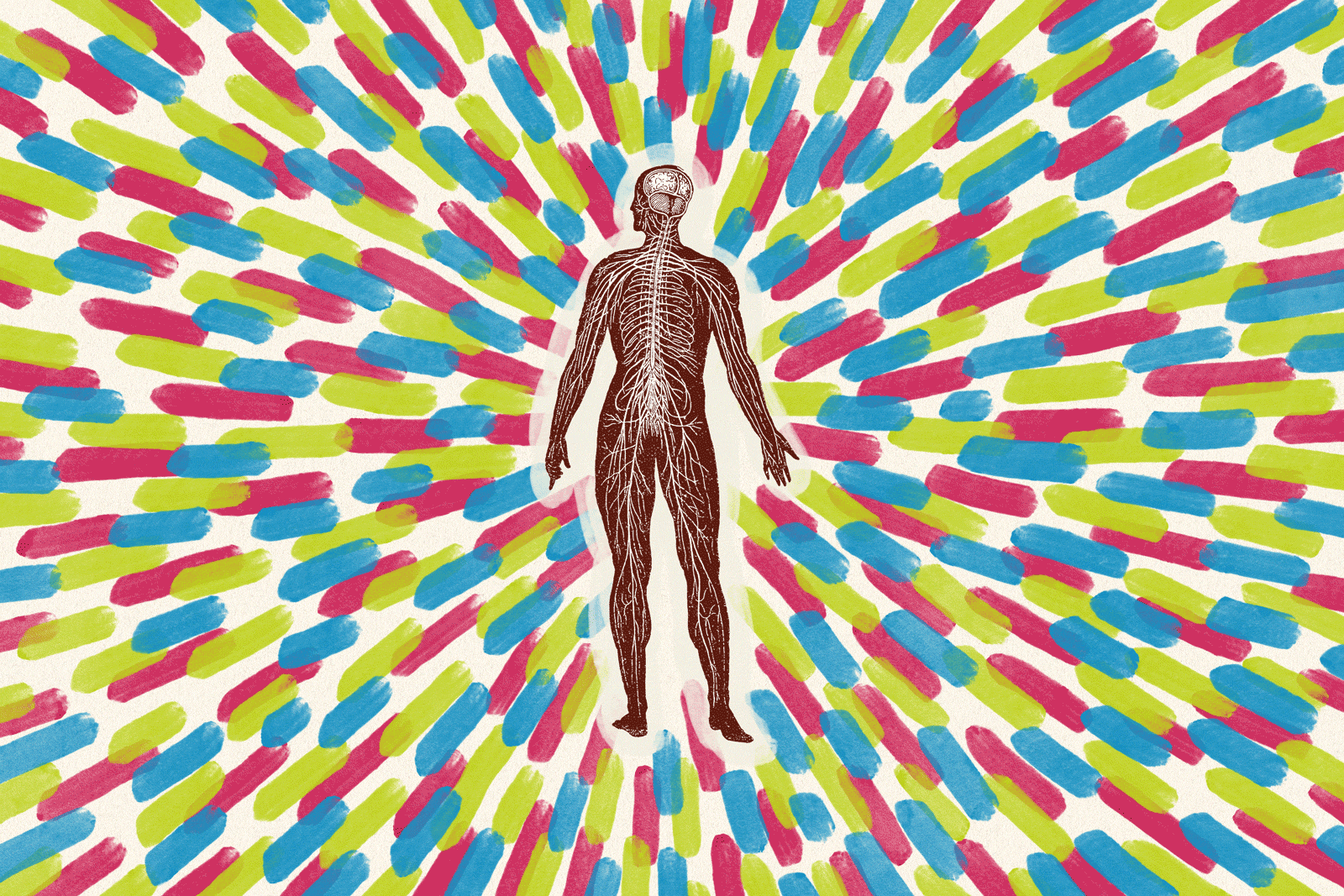You Are Getting Sleepy--and You Will Not Bark Like a Dog
Sheer curiosity made her do it.
The thought of being freed from a slew of maladies was tantalizing, intriguing, downright riveting: Lose weight. Stop smoking. Reduce stress. Put an end to high blood pressure.
Never mind that she was not burdened by the need to do any of the above (well, maybe to reduce stress but a weekend jaunt to the Bay Area could easily cure that), the thought that there might be an answer out there to such human afflictions, was enough to lure the reporter to an ancient practice with a modern day twist.
Hypnosis.
The word still conjures images of a Svengali-type swinging a “shiny object” in front of some guy’s eyes until he falls into a trance-like state. Then, at the suggestion of the hypnotist, he crows like a rooster or barks like a dog, much to his later embarrassment and the delight of onlookers.
Last May, three school districts in San Diego banned performances by hypnotists at school assemblies after a 14-year-old Carlsbad High School student went into a trance while watching a hypnotist perform.
And of course history’s most famous hypnotist, Rasputin, cast a long shadow over future practitioners of his craft.
But maybe hypnotists have gotten a bad rap.
These days everyone from athletes in training to crime victims trying to recall crucial information for an impending trial have turned to hypnotists for help. So the reporter, imbued with a certain, “never-know-till-you-try attitude,” decided to see for herself.
In the San Fernando Valley there are a number of places to try. The Hypnosis Motivation Institute in Tarzana not only offers seminars to the public, it has trained hypnotherapists since 1967. One of their graduates is Terry Hopwood, director of the Success Center in Van Nuys.
Terry Hopwood is no Svengali or Rasputin.
She practices from a suite in an office building that also houses a bank. With long brown hair, and wearing a print skirt and a solid blue blouse with pearls, she looked more like a pleasant PTA president than a disciple of Rasputin. Nothing out of the ordinary here.
Tonight’s subject is Jane--not her real name--who wants a reinforcement session for her problem: a negative attitude. Sort of like getting a tuneup.
The session is held in a softly lit conference room. There is an oblong table ringed with bright green chairs. Jane sits directly next to the hypnotist, turns and faces her.
“Look at my ring,” Hopwood says. “Your eyelids are getting heavy, so heavy . . . you want to close them. Three, two, one. Deep asleep. Deep asleep.”
Jane is out, eyes closed, sitting straight up in the chair. But she continues to follow Hopwood’s directions.
Hopwood’s tone is a cross between a kindergarten teacher and a televangelist: Sweet, yet firm. Inviting, yet commanding--a voice that says “I’ll-be-your-friend-but-don’t-cross-me.”
. . . “Deeper now, deeper now, deeper and sounder asleep.”
. . . “Feeling so good, so relaxed.
. . . “Every nerve, every muscle, asleep.”
. . . “Deeper now, deeper now, deeper and sounder asleep.”
For the next 20 minutes or so, Hopwood guides Jane through exercises meant to abolish negative attitudes, fears and self-sabotage. At times she sounds like a minister admonishing a sinner, at others like a concerned friend.
“If you’d like to work on ending self-sabotage, you’ll feel your index finger rising. . ., “ Hopwood said.
Jane’s hands rest on her thighs. Her index finger rises.
When Hopwood suggests that she release all of the negative experiences that she has held onto over the years, Jane’s finger rises 46 times, once for each negative event being tossed out. The finger rises repeatedly again when Hopwood asks if she would like to be rid of negative thoughts.
“You’re feeling better as each one passes,” Hopwood says.
“Hypnosis is a heightened state of suggestibility,” the hypnotist later explained.
While some people shy away from hypnotists because they fear a loss of control, it’s actually a way to gain more self-control, Hopwood said.
Through hypnosis, “they have full control. They react only to positive suggestions that help them accomplish their goal.”
A certified hypnotherapist who has practiced since 1969, Hopwood said she baffled doctors with her ability to increase and decrease her blood-pressure at will--a useful skill for high blood pressure sufferers. Some of her clients have become more creative, or better at securing jobs, she contends.
But, her literature emphasizes, the center cannot “solve your problems for you. It will give you the tools to find your own solutions.”
One evening of hypnosis is hardly enough to determine the veracity of such claims, especially things like controlling involuntary body functions, but it was enough to help demystify the practice.
In our world, words can indeed shape reality: A nation defines itself as the leader of the free world, then acts on that definition. Fashion editors decree what is beautiful, what is “in,” what is passe, and people respond.
The idea of the power of positive thoughts is easy to understand. We’ve heard it in poems--”sooner or late the man who wins is the one who thinks he can”--and in childhood stories meant to instruct as well as entertain.
In the world according to hypnosis, the little red engine--”I think I can, I think I can, and he did”----had the right idea, and he didn’t even need a hypnotist.


